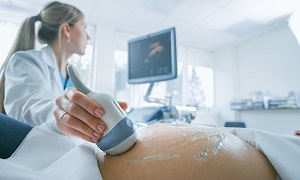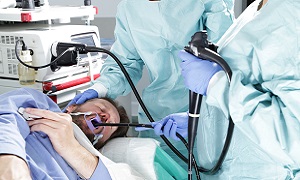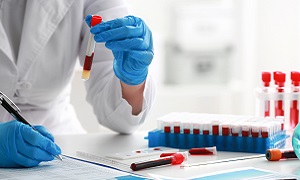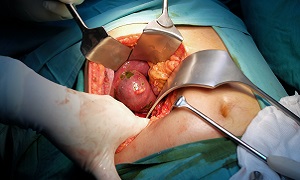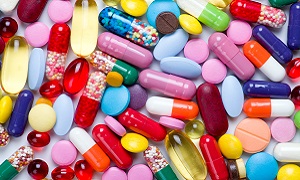Gallstones
Gallstones are collections of hardened deposits of digestive fluid in the gallbladder. The gallbladder is a pear-shaped, small organ situated on the right side of the abdomen beneath the liver.
The digestive fluid called bile is present in the gallbladder. The gallbladder holds this fluid that is released into the small intestine of your body. The size of the gallstones may range from a sand grain to a golf ball. The number of gallstones formation may vary from one to many at a time.
Types of Gallstones
Gallstones are of two types:
- Pigment gallstones- They form when your bile contains bilirubin in much amount. They may be dark brown or black in color.
- Cholesterol gallstones- It is the most common type of gallstone that appears yellow in color. They mainly comprise the undissolved cholesterol but may also contain many other components.
Causes of Gallstones
The reasons for causing gallstones may vary:
- Too much bilirubin in bile- When your body breaks down RBCs, it produces a chemical called bilirubin. Under certain conditions, your liver produces too much bilirubin. These conditions may be biliary tract infections, liver cirrhosis, and certain blood disorders. The gallstone formation is largely a result of excess bilirubin formation.
- Too much cholesterol in bile- There are enough chemicals in your bile to dissolve the cholesterol that your liver normally excretes. When the liver excretes more cholesterol than what your bile can dissolve, the excess cholesterol turns into crystals and then stones.
- Emptying of gall bladder- When the gall bladder is not completely empty, the bile becomes concentrated that contributes to the formation of gallstones.
Symptoms of Gallstones
Initially, there are no signs and symptoms of gallstones. If it lodges in a duct causing the blockage, the resulting symptoms may include:
- Sudden pain in the centre of the abdomen below the breastbone
- Pain in the right shoulder
- Intensifying pain in the upper right region of your abdomen.
- Nausea and vomiting
- Back pain between the two shoulders
The pain because of the gall stones may last from few minutes to few hours.
Diagnosis of Gallstones
Tests for the diagnosis of gall stones include:
Abdominal Ultrasound (AUS)
Abdominal Ultrasound (AUS) is one of the most commonly used tests to look for the signs of gallstones. Your doctor will move a device called a transducer back & forth on your stomach area. The device will then send the signals to the computer that creates images to reveal the structures in the abdomen.
Endoscope Ultrasound (EUS)
Endoscope Ultrasound (EUS) helps to determine the smaller stones missed by abdominal ultrasound. Your doctor will pass a flexible, thin tube called an endoscope through the digestive tract and the mouth during the procedure. A transducer in the tube will produce sound waves to create a precise image of the surrounding tissue.
Other tests
There are some other imaging tests too, for the diagnosis of the gallstones. These tests are hepatobiliary iminodiacetic acid scan (HIDA), magnetic resonance cholangiopancreatography (MRCP), oral cholecystography, computerized tomography, or endoscopic retrograde cholangiopancreatography. Your doctor can easily remove the gallstones revealed during the ERCP procedure.
Blood tests
Treatment options for Gallstones
Cholecystectomy
Cholecystectomy a surgery to remove the gallbladder. Your doctor may recommend the surgery because gallstones may recur frequently. Upon the removal of your gallbladder, the bile flows directly into the small intestine from your liver, instead of remaining in your gallbladder. The removal of gallbladder won’t affect your ability in digesting the food but it may cause diarrhea temporarily.

